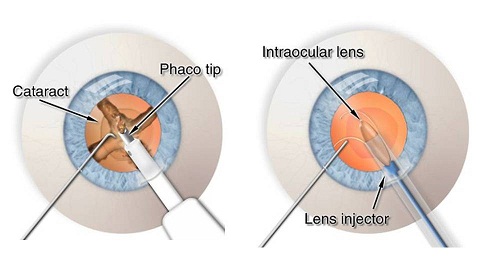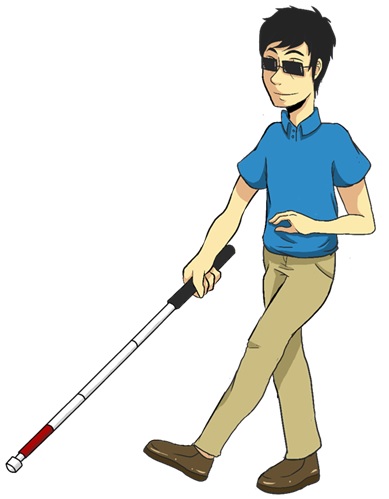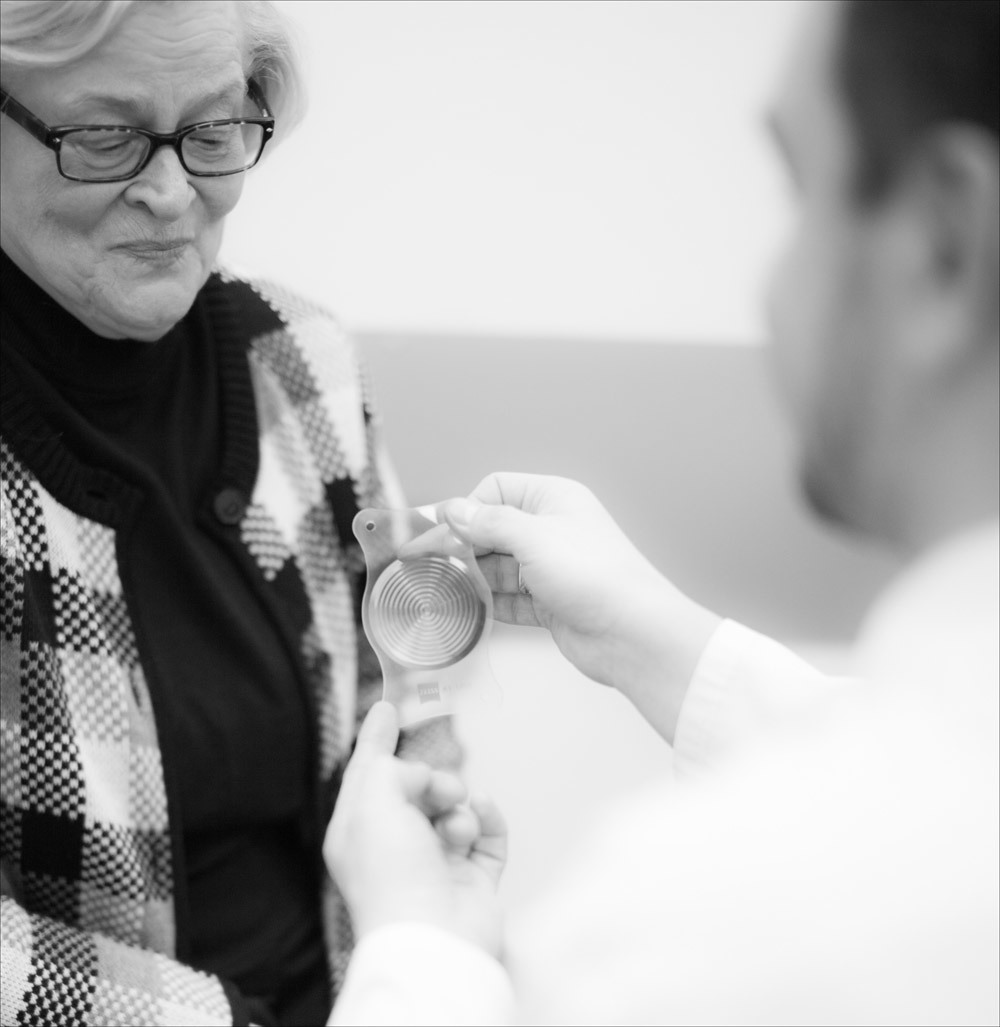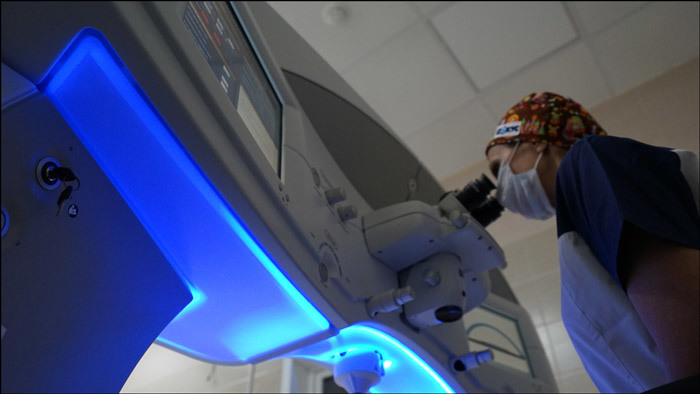What do you think, how many operations can be done on one eye? A clinical case of one of my patients confirms that more than 20 operations of various kinds are not the limit. Although, no doubt, this case is a record for Russia and the world of ophthalmology.
In 1978, everything was trivial — there was an 18 year old boy (let's call him “A”) who wanted to become a test pilot like his father. This was hampered by weak myopia of the right eye — only minus 1, it did not interfere with life, but the future pilot needed good vision. He decided to correct the optics of one eye by keratotomy — the old “manual” correction method at the Fedorov Institute (of course, through an acquaintance), but something went wrong. This was the first operation. Then four more in Russia, then seven more — in Switzerland. He did not become a pilot, but he became an oligarch, a man who manages serious business projects, but does not control the situation with his vision.
To me, «A» got completely disappointed in the world of ophthalmology, with 10% vision, the impossibility of correction by standard methods and high intraocular pressure. And it was a young 50-year-old businessman, successful in life (this is important — because not everything went further «like that» either). So — the next eight operations are mine. And although we expected that one or two would be enough — we had to go through almost total ophthalmic surgery — all possible types of operations.
By the way, instead of keratotomy, there would be a correction of SMILE (ReLEX SMILE) or, at least, Femto-LASIK — there wouldn’t be anything to write about — it’s impossible to do anything like that!









